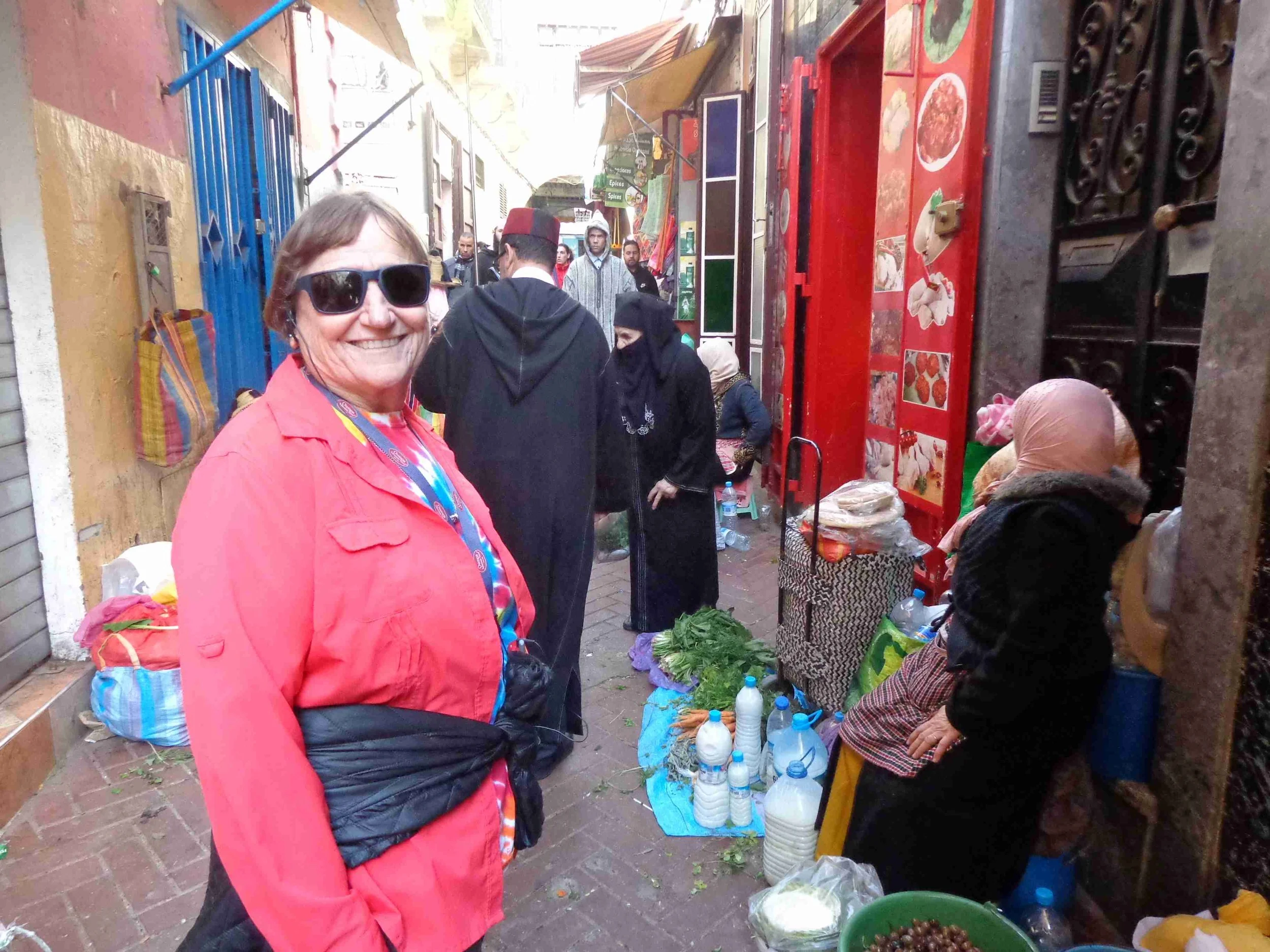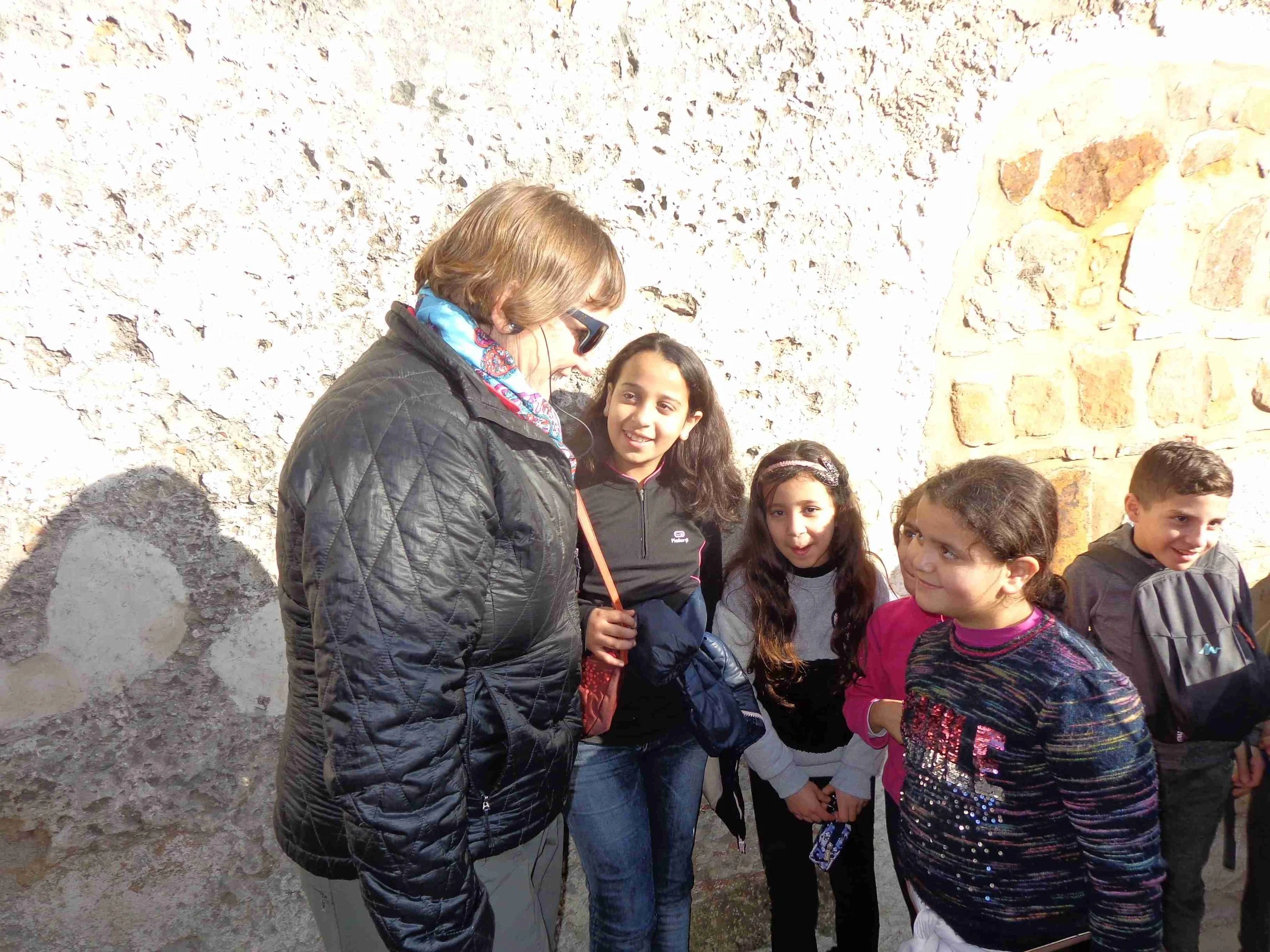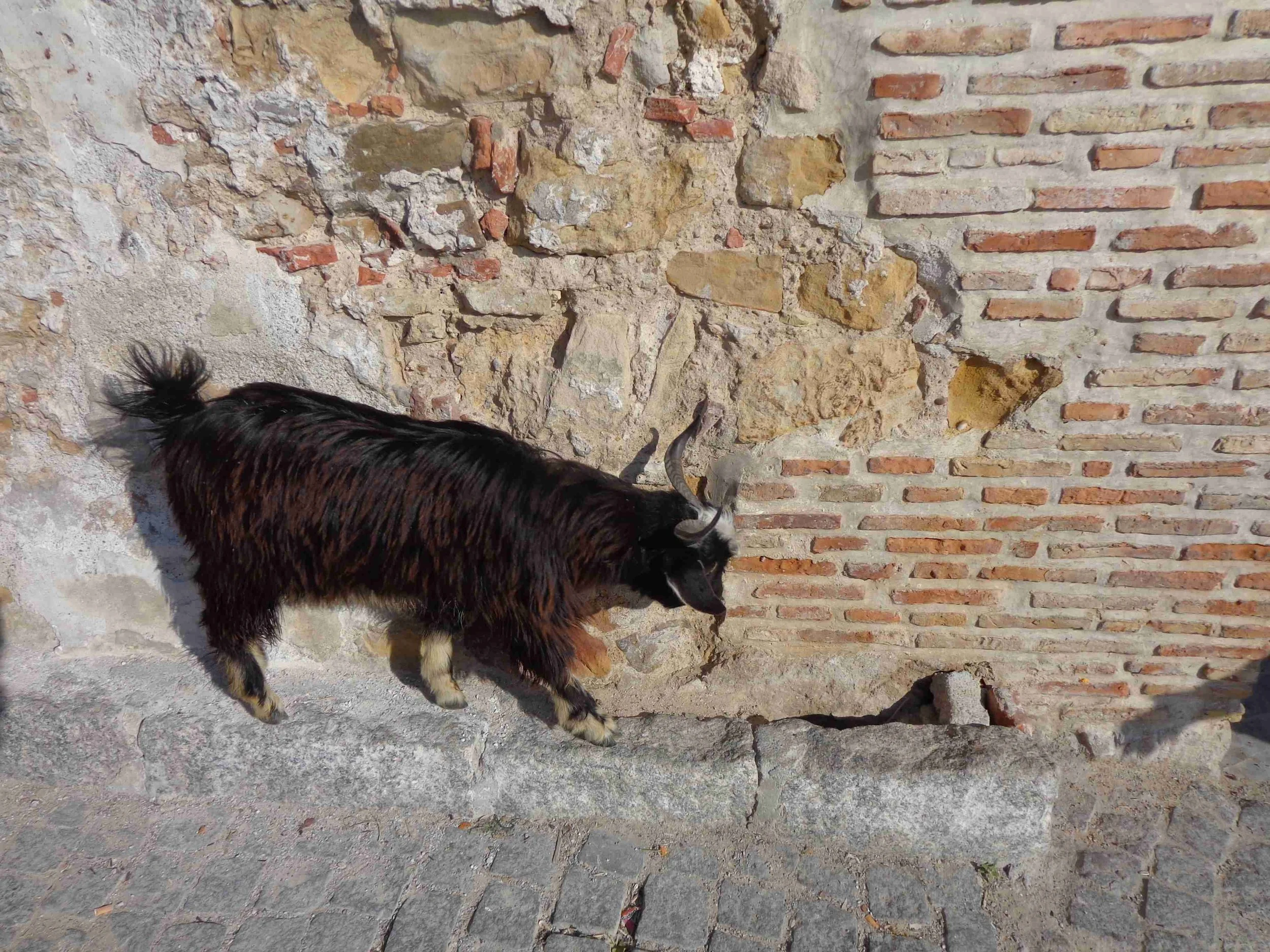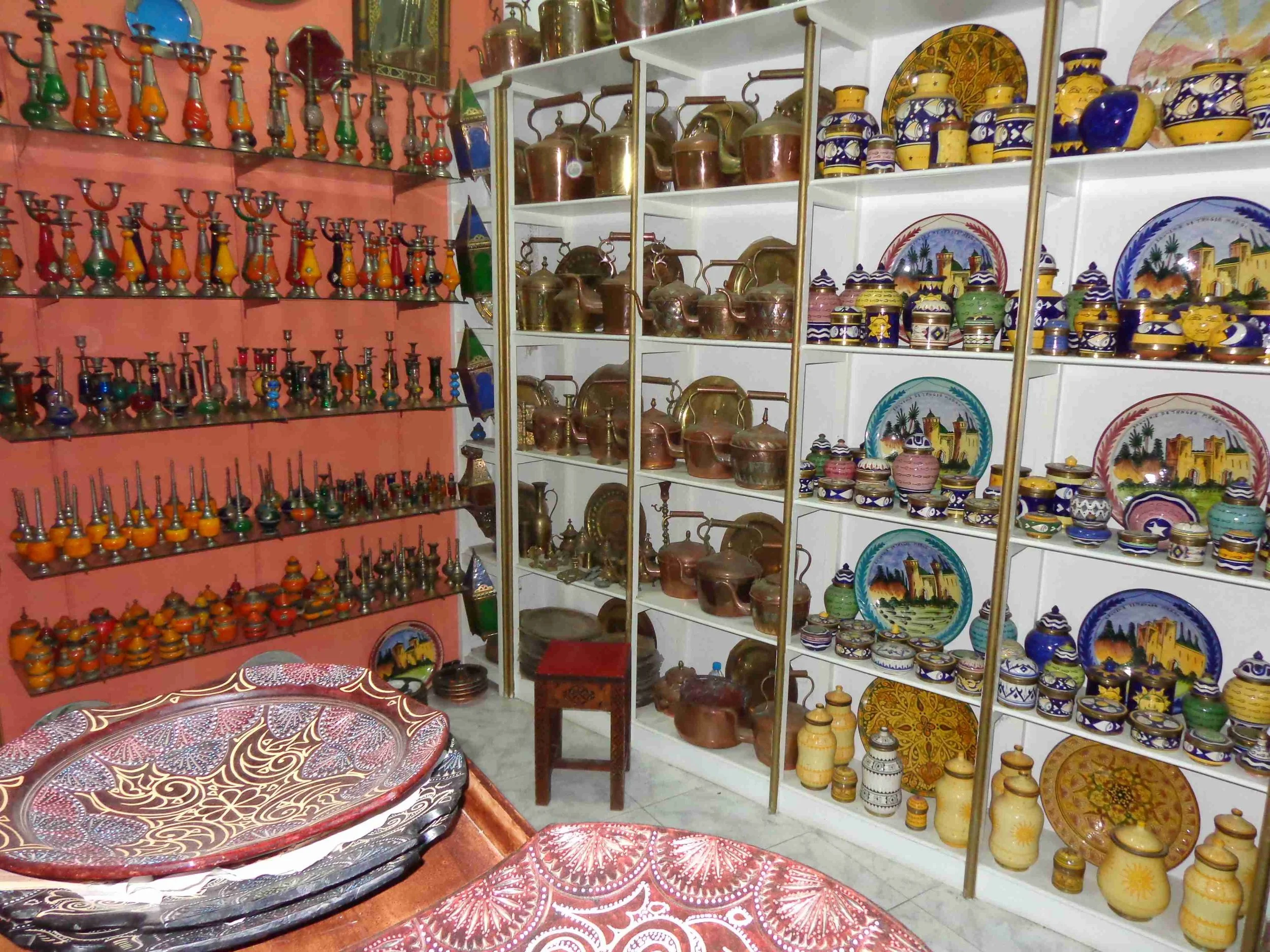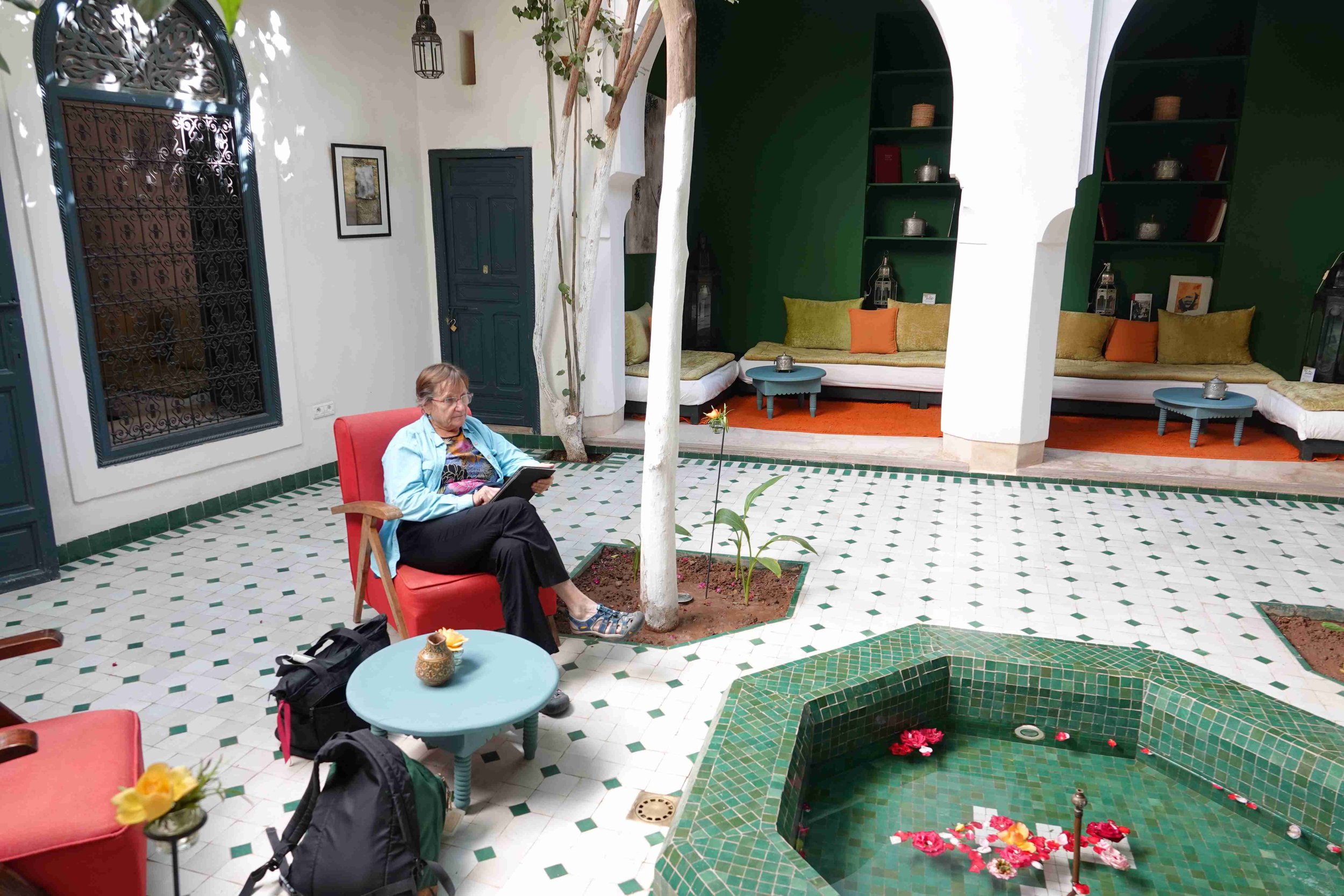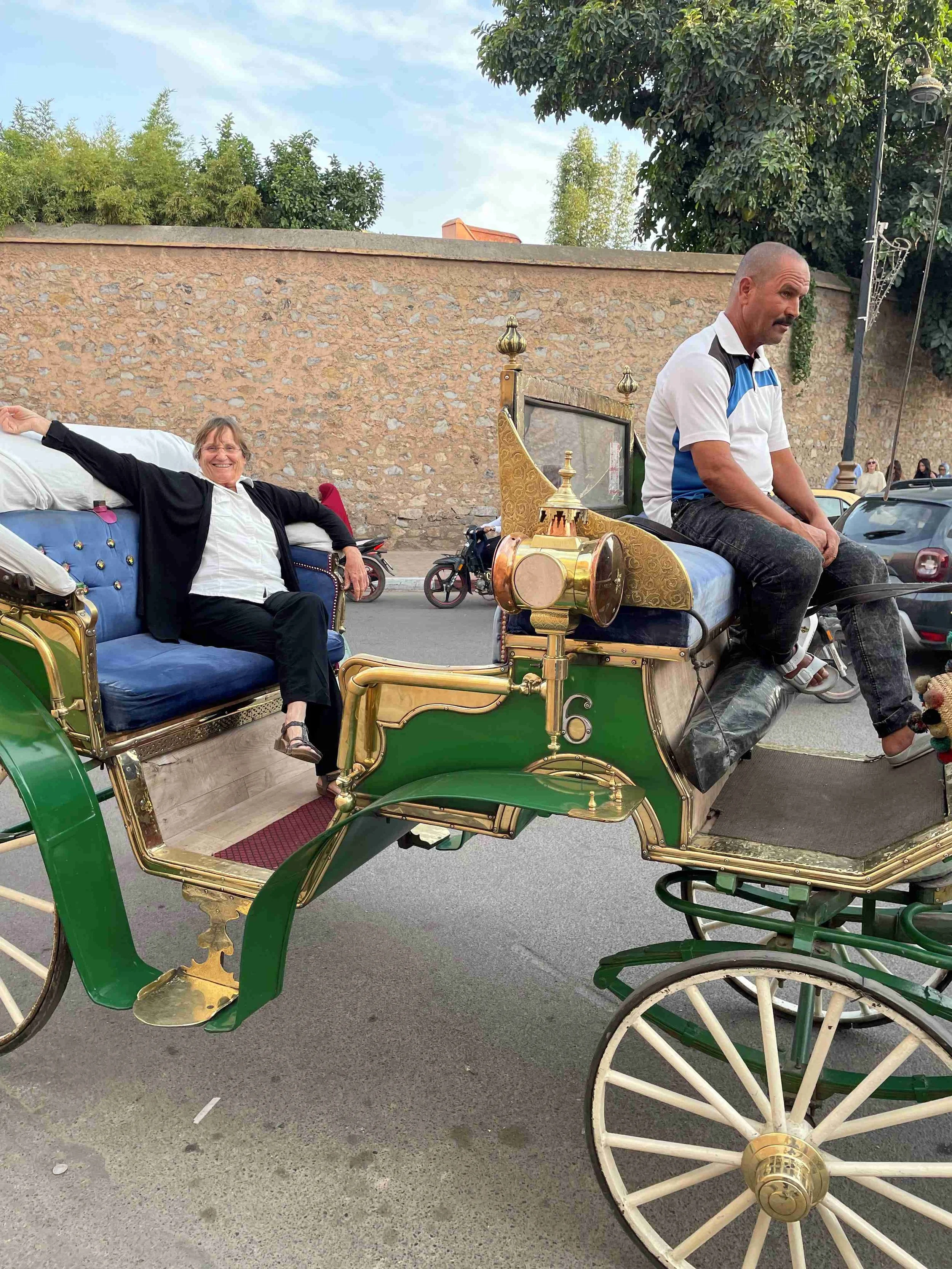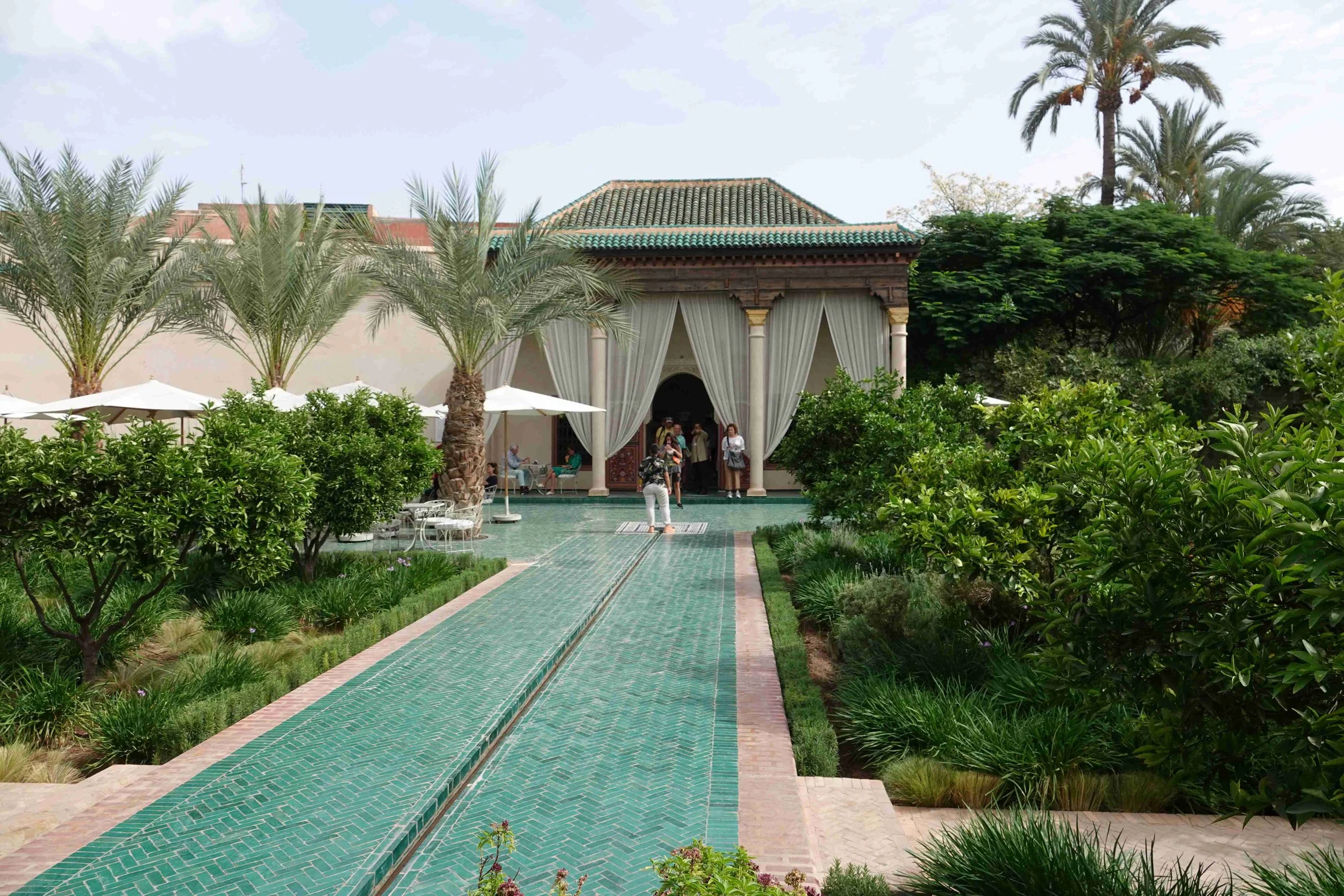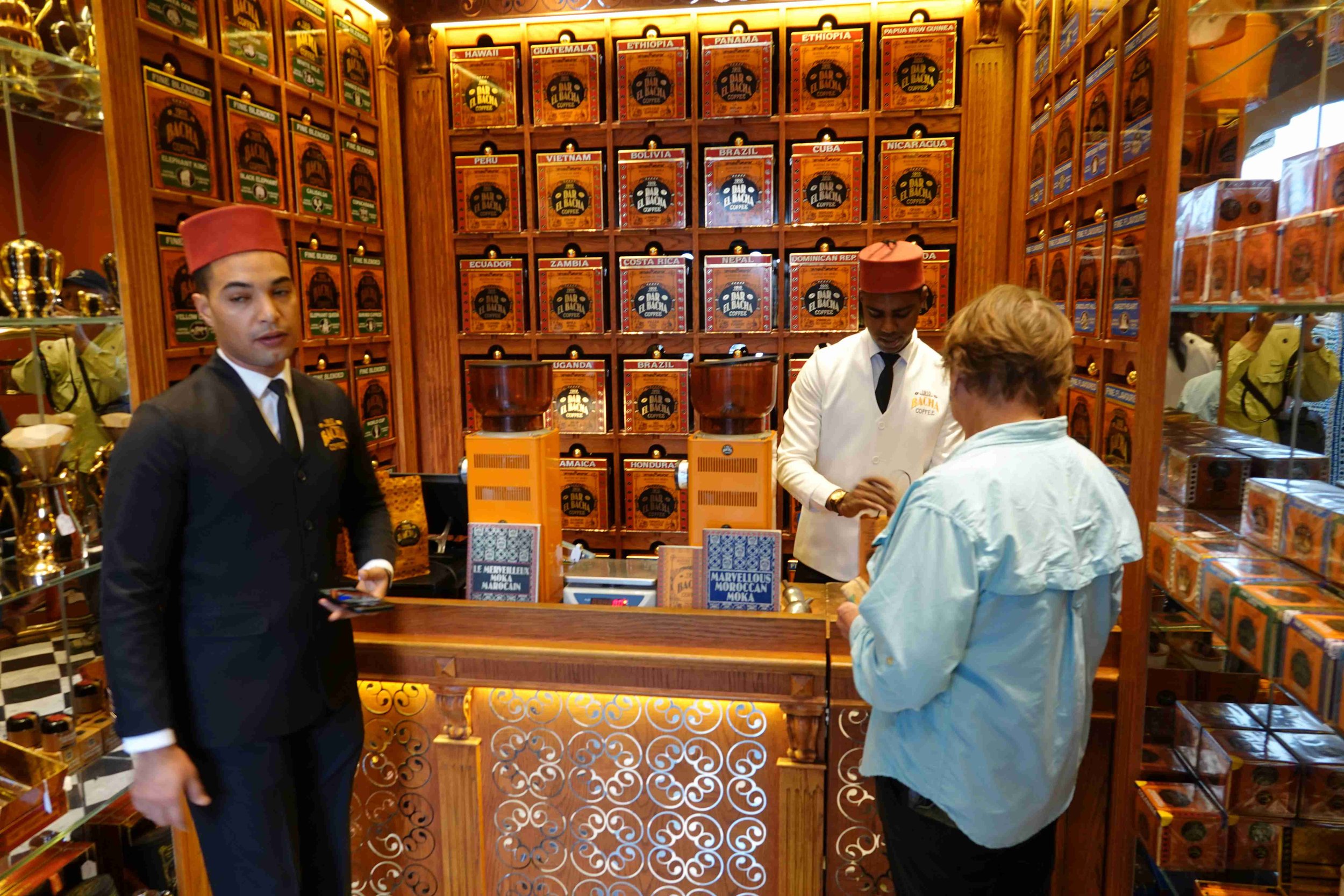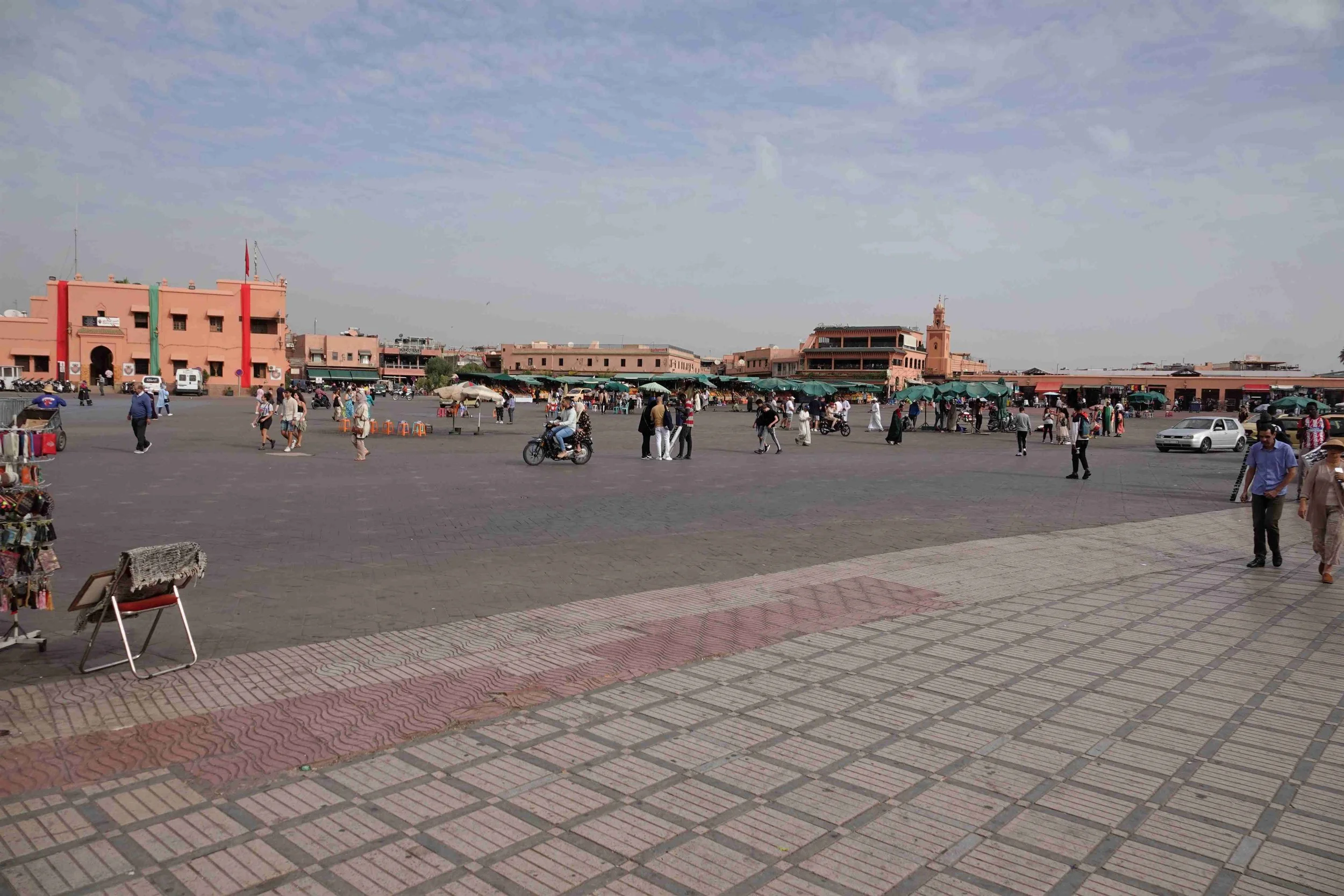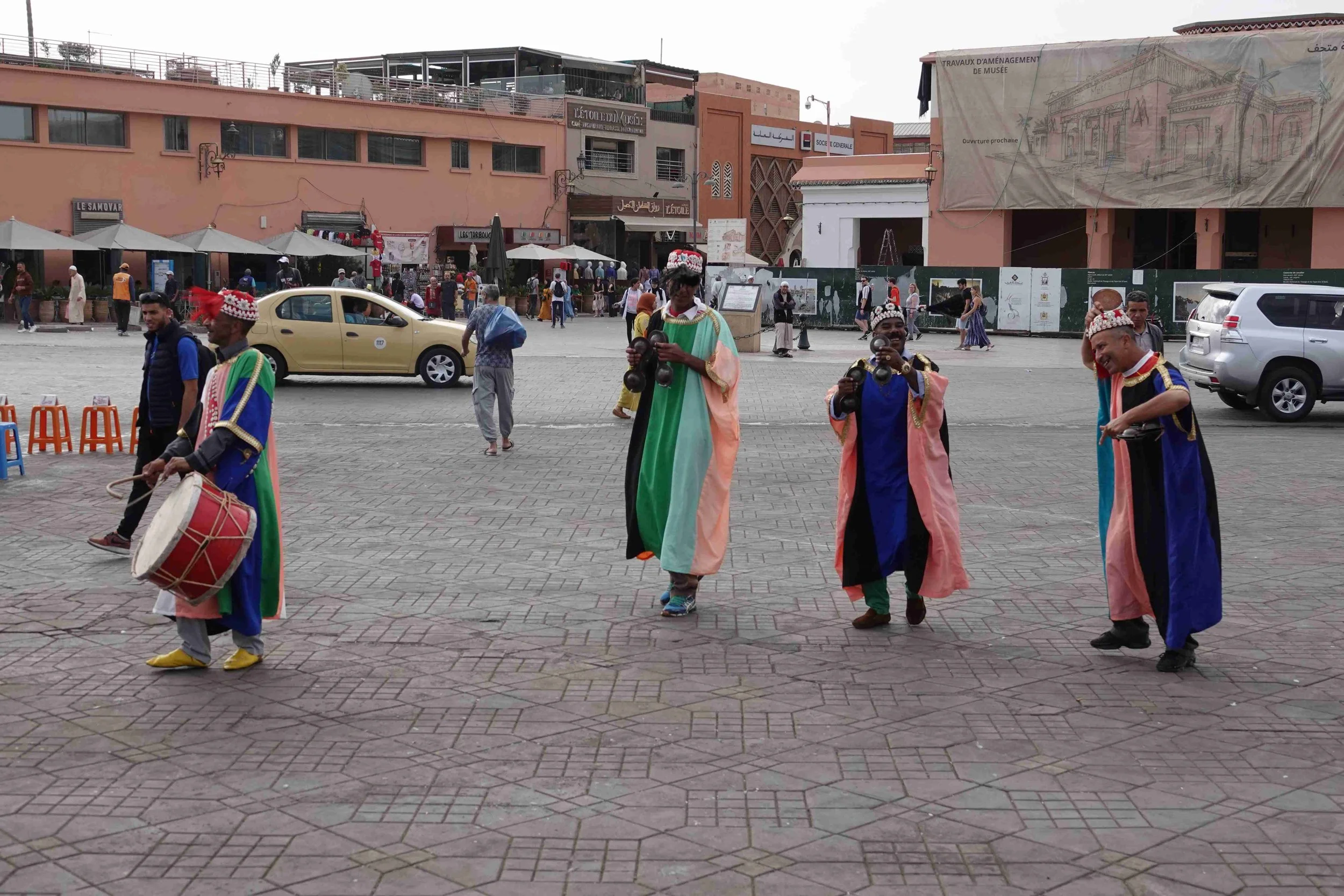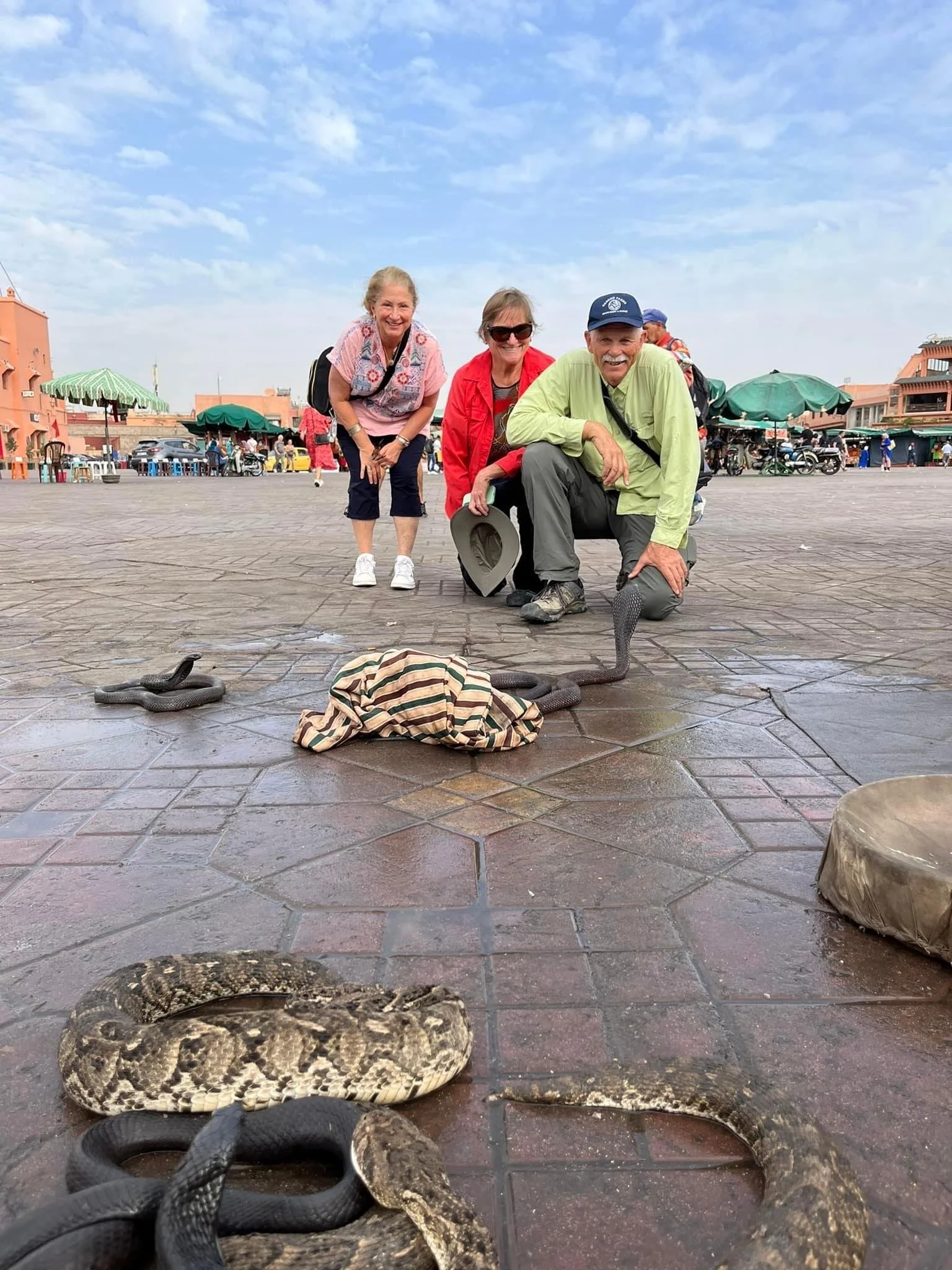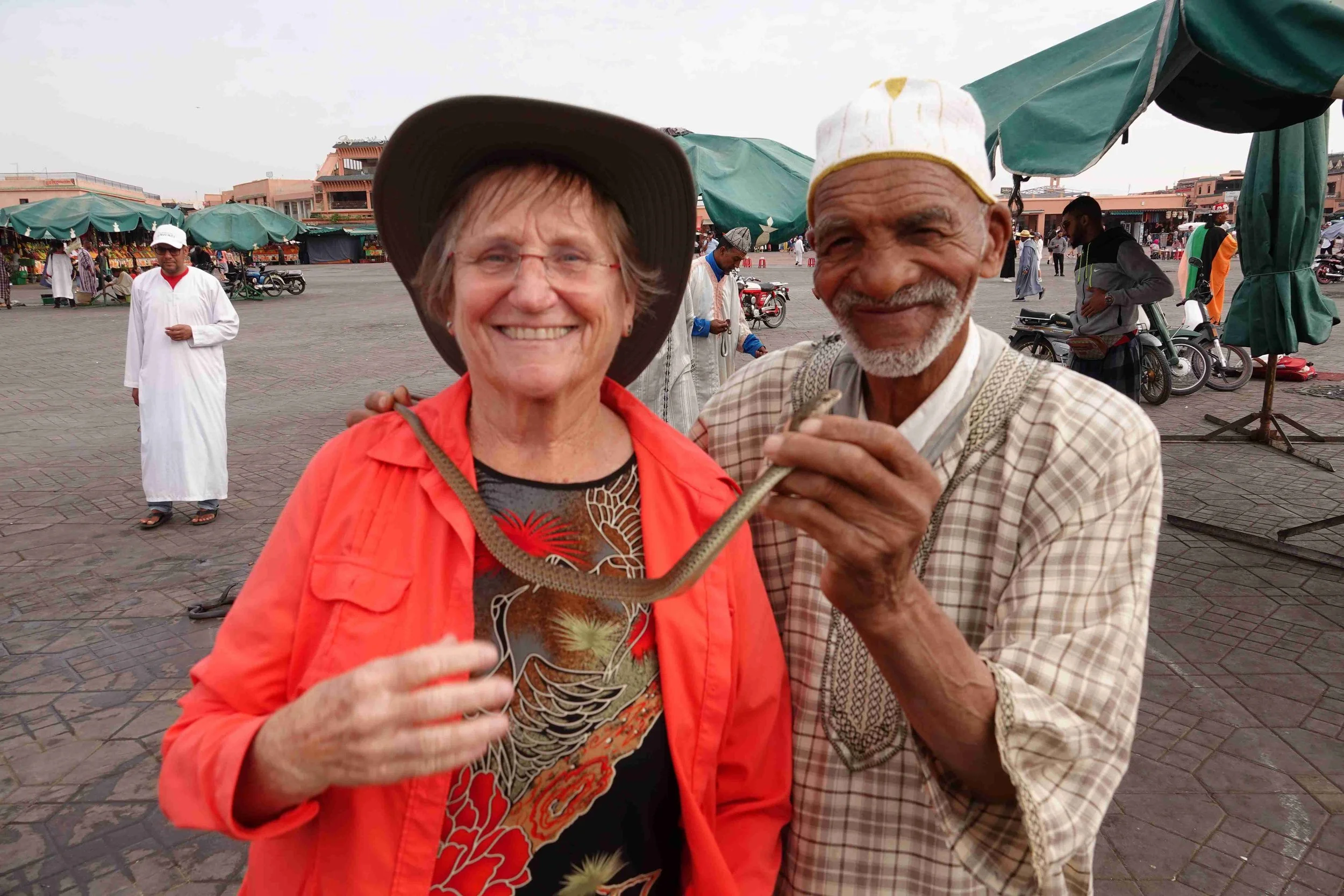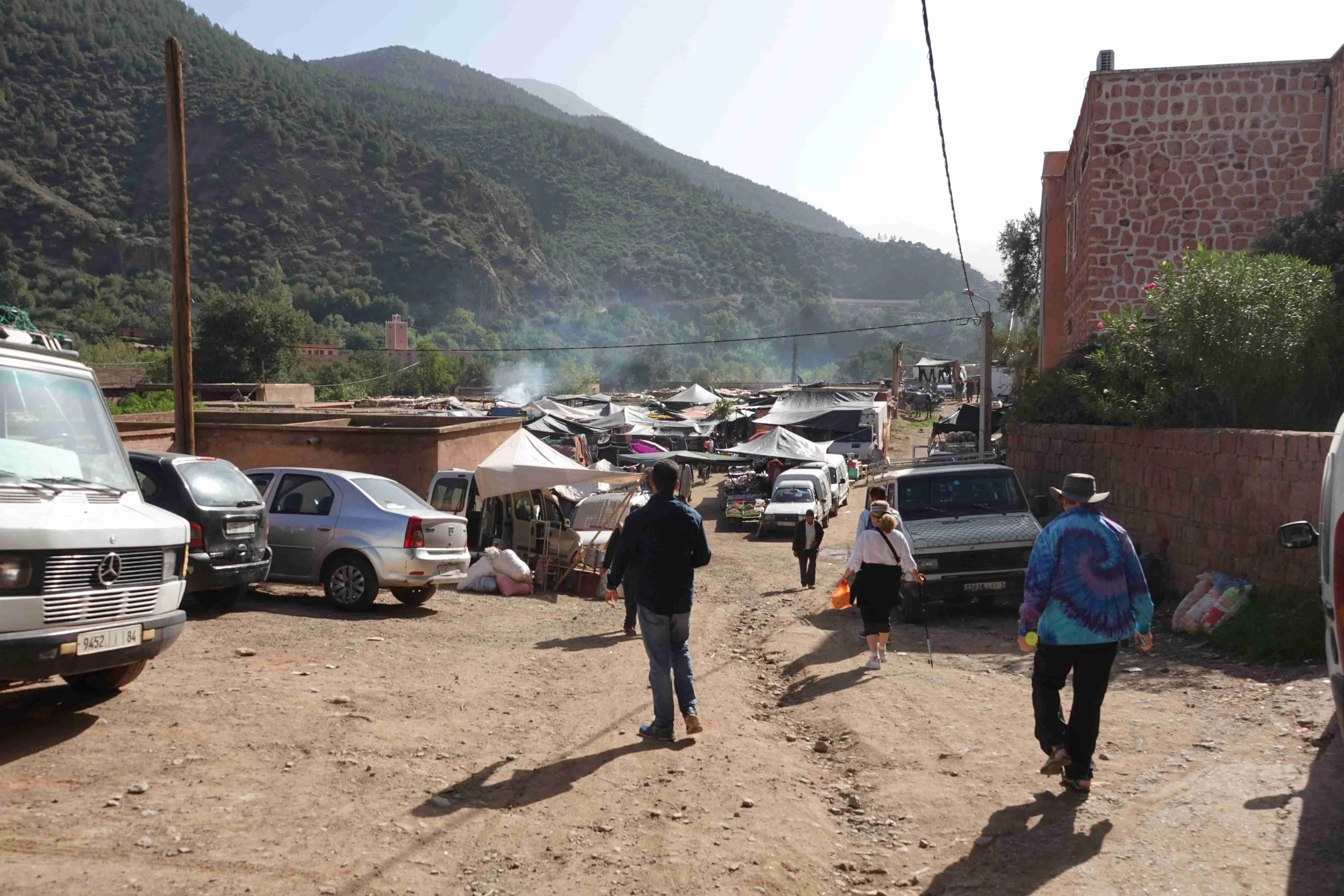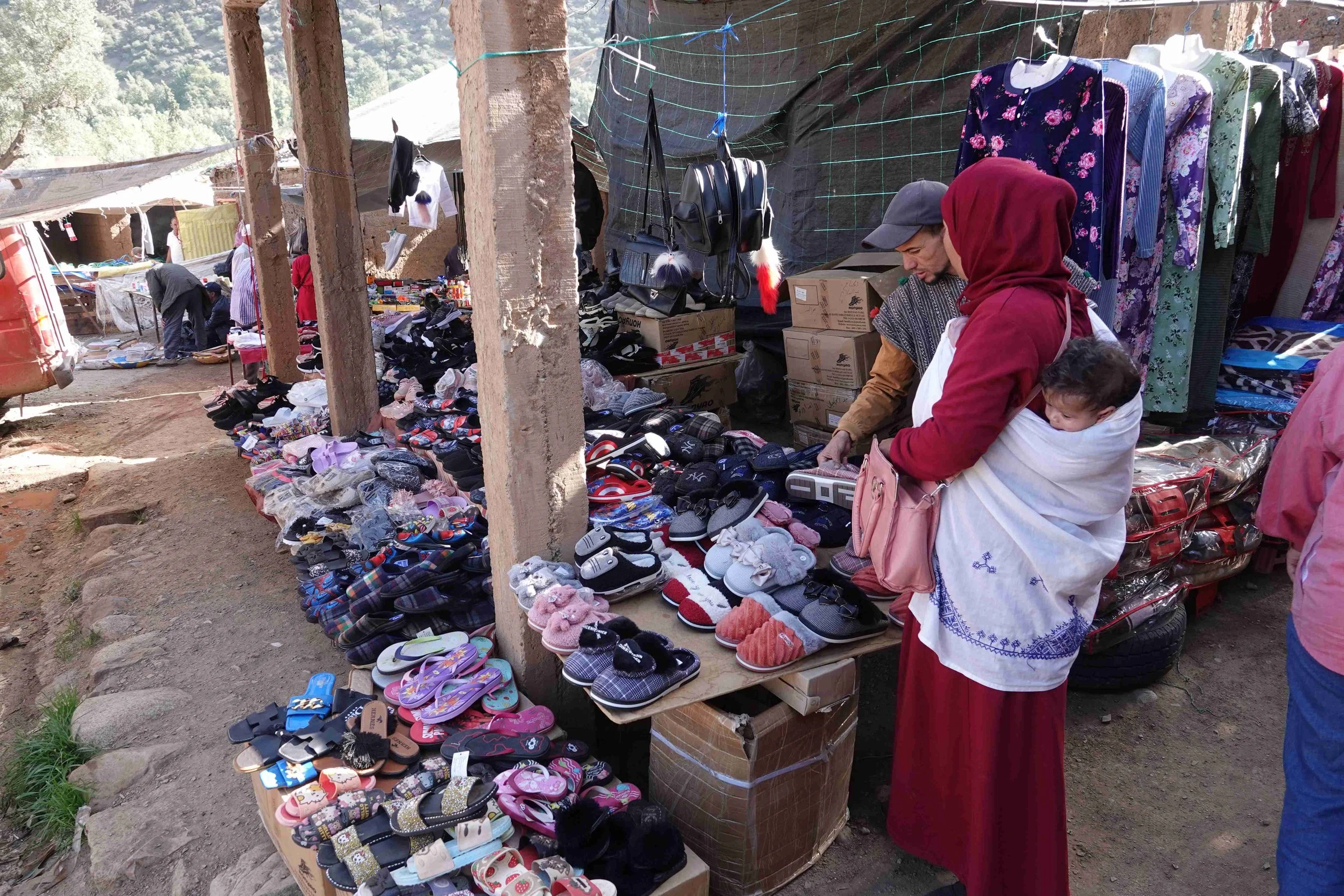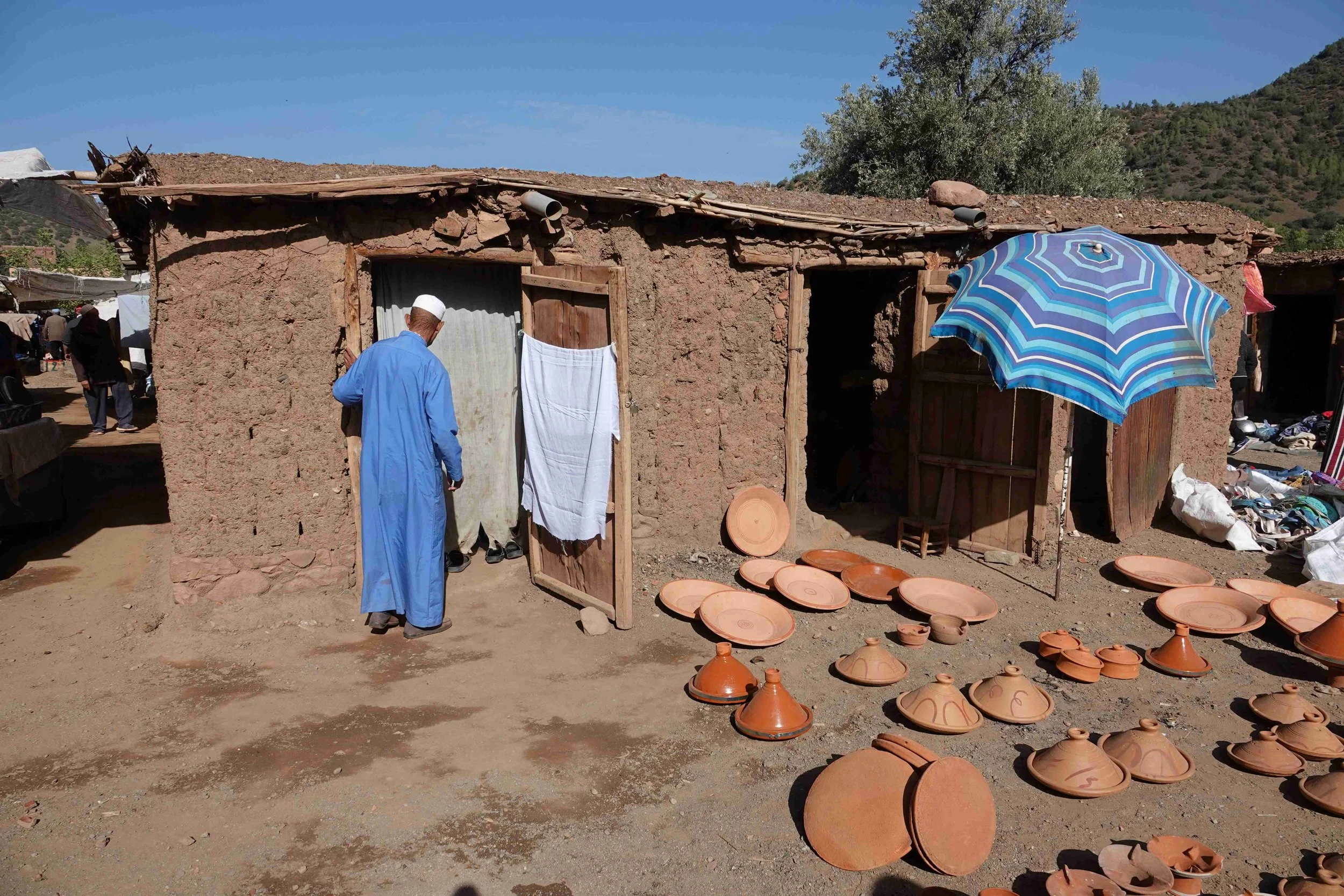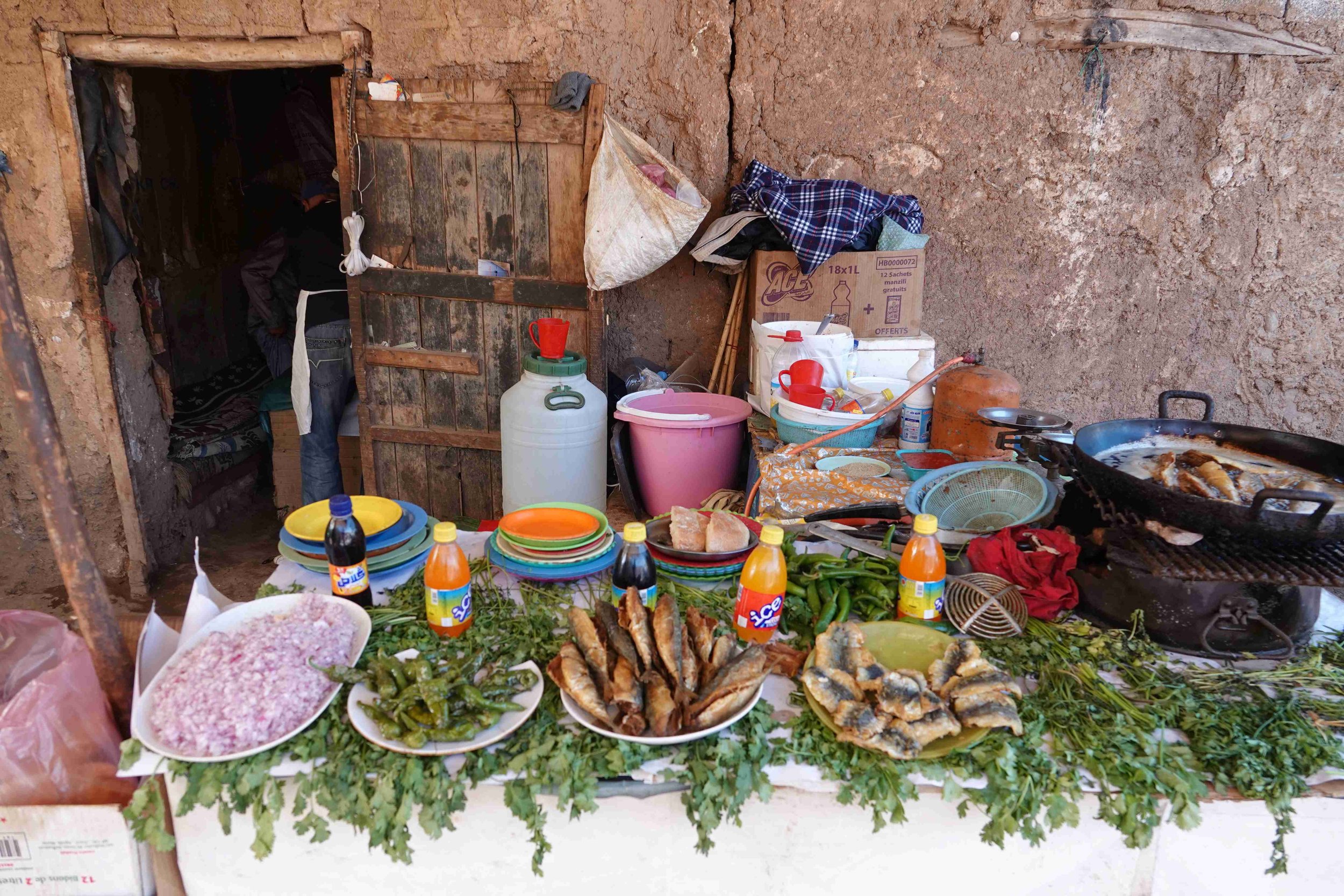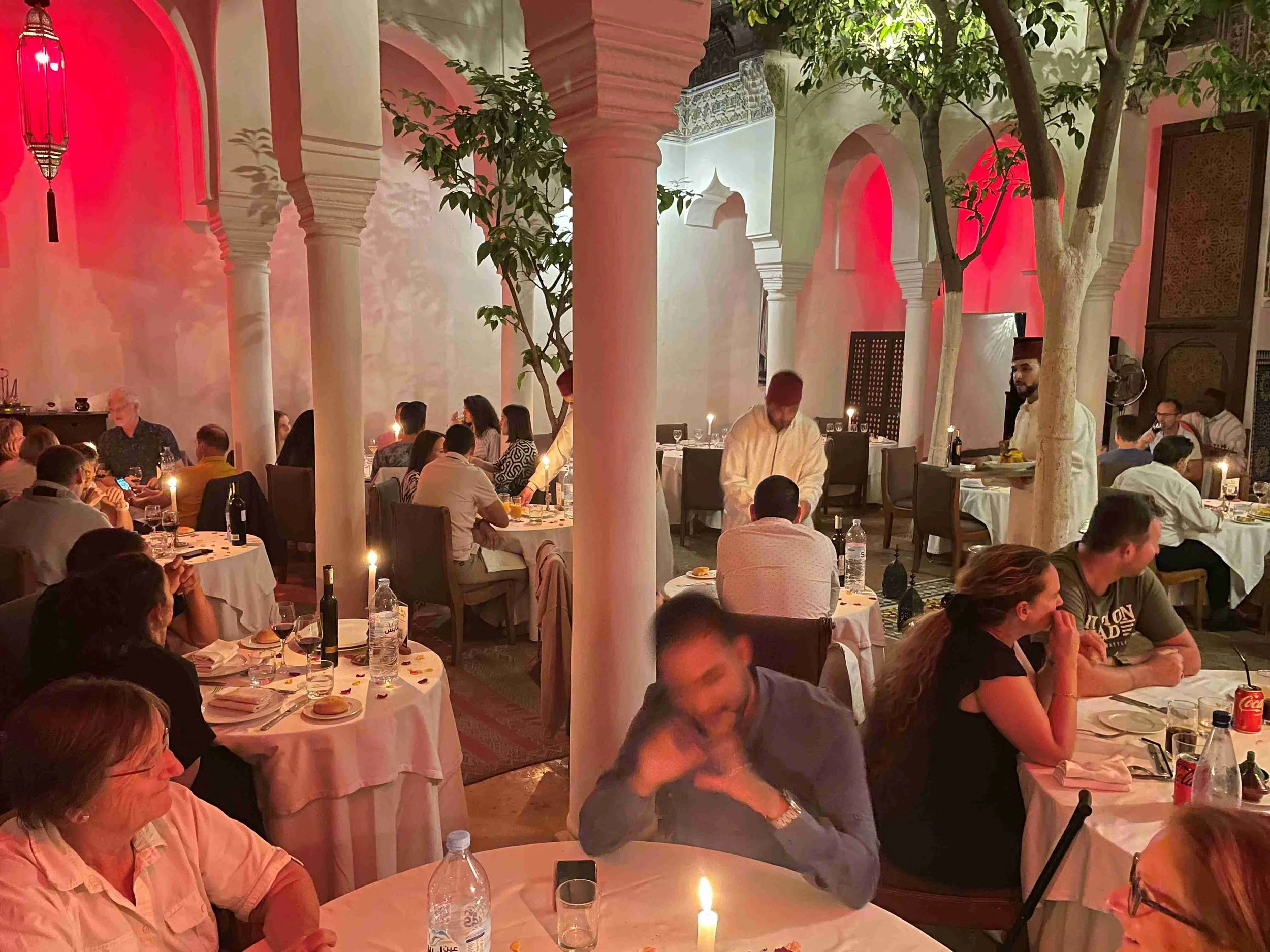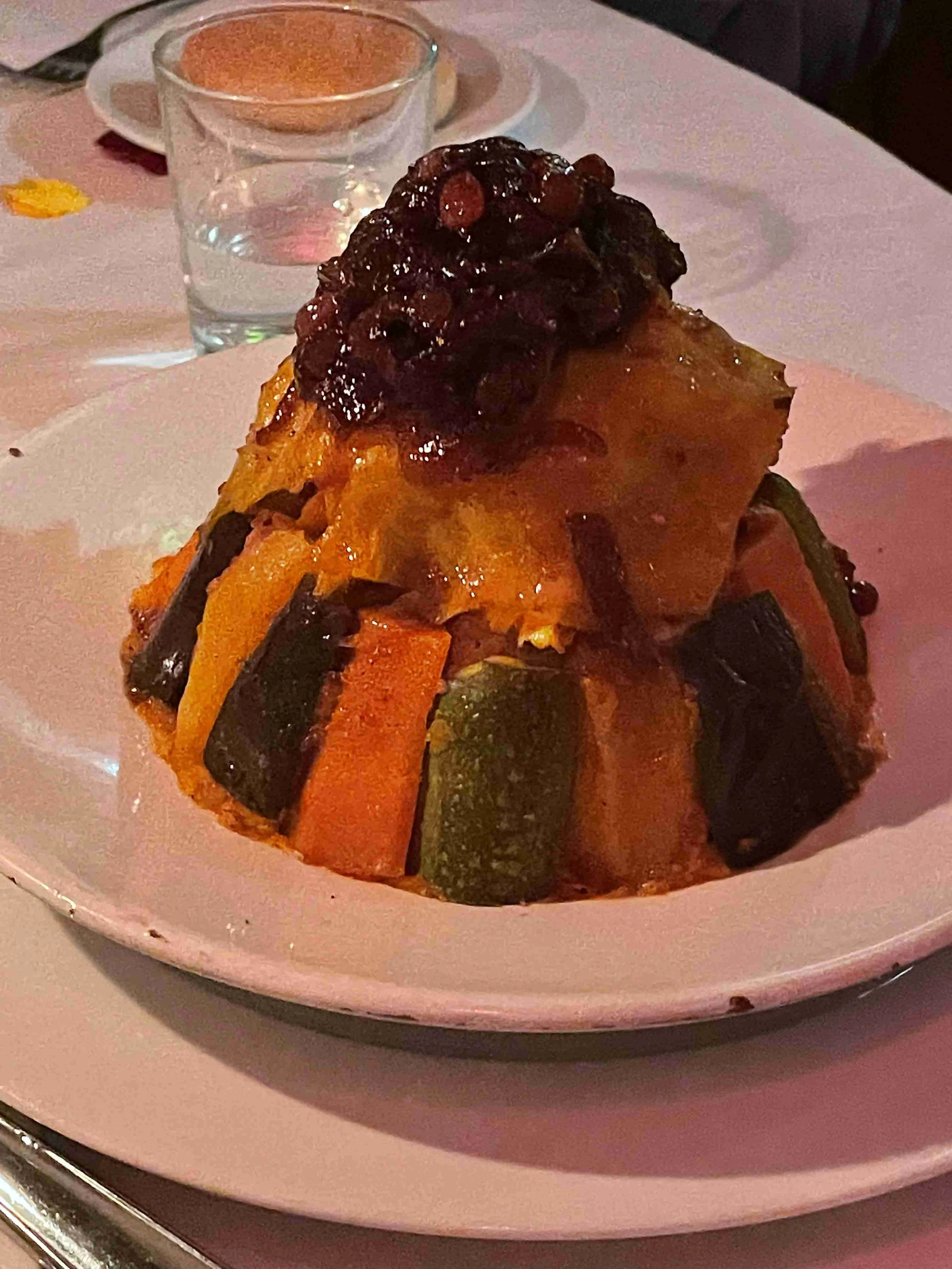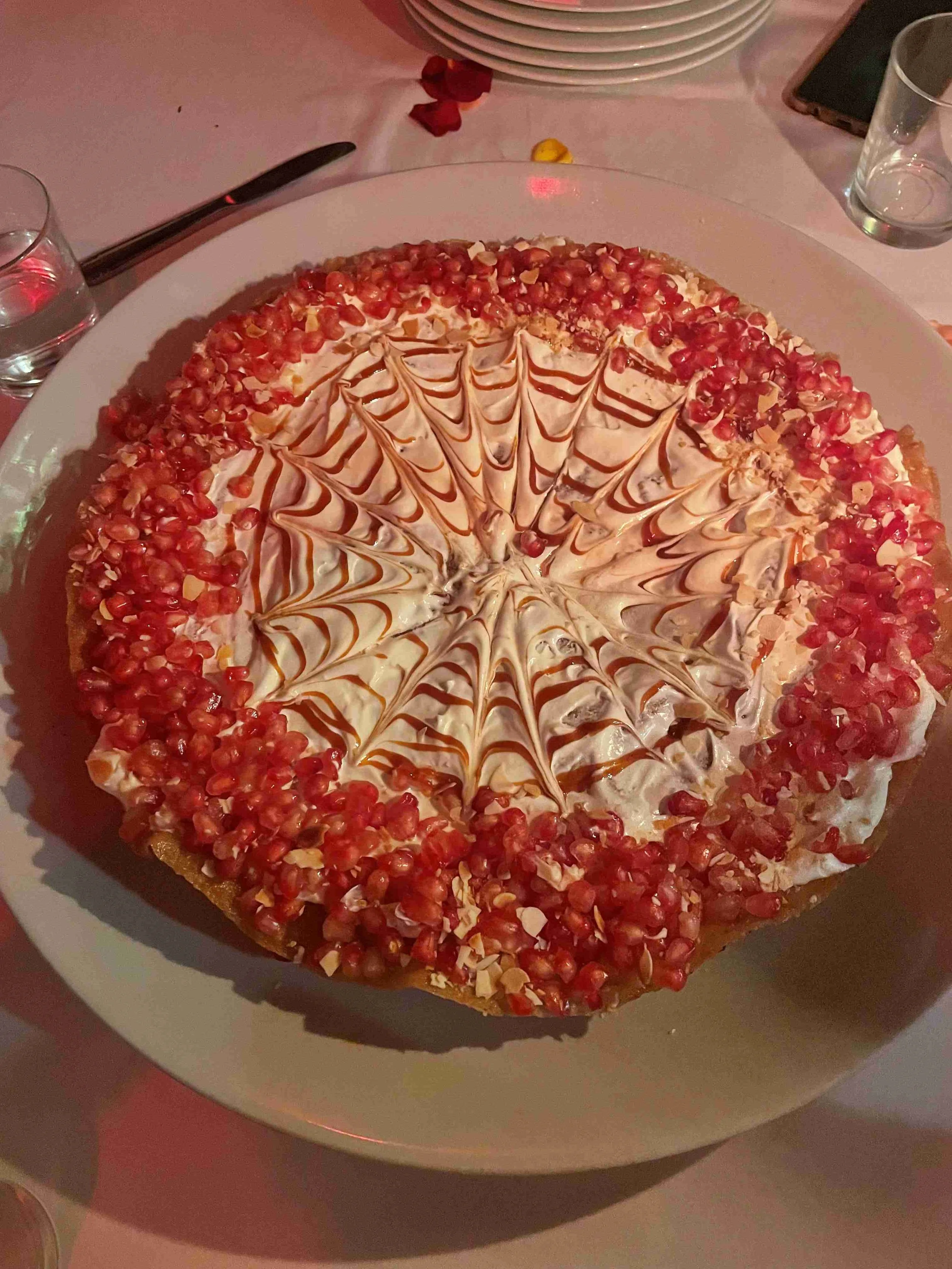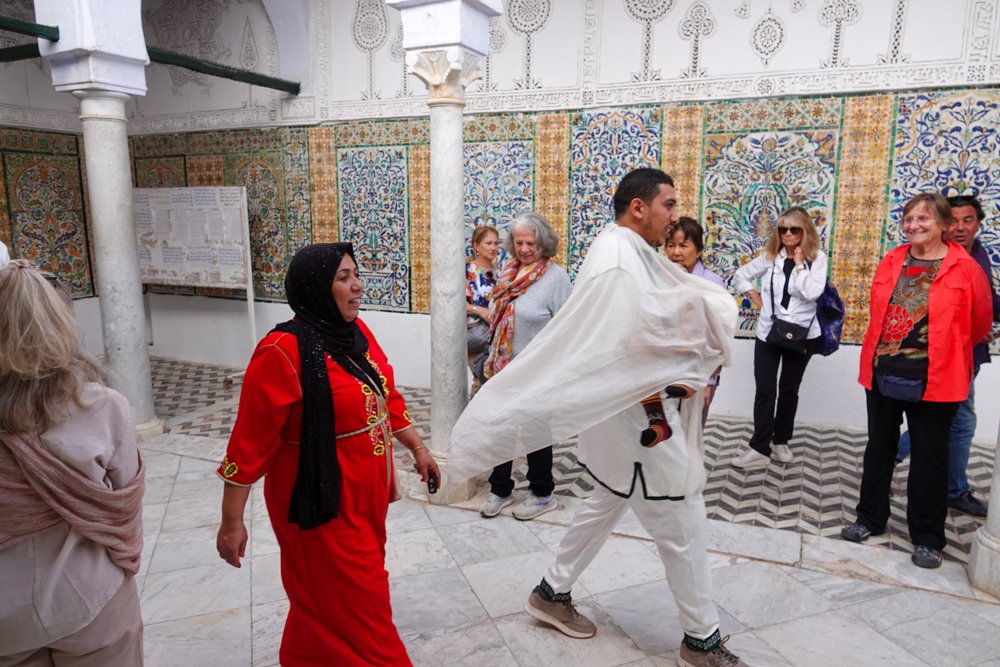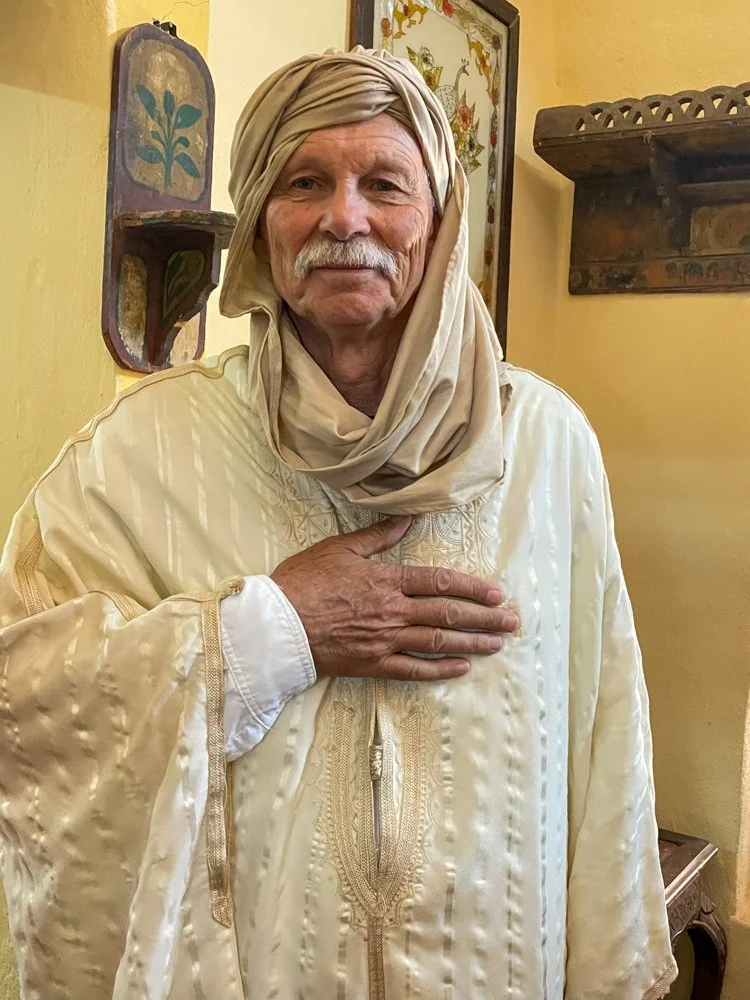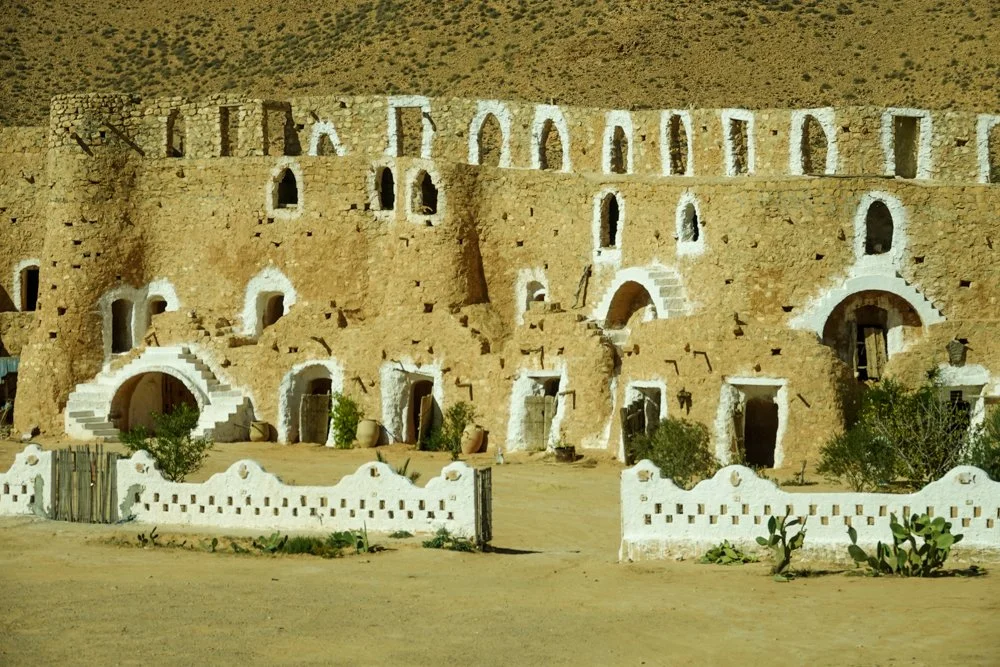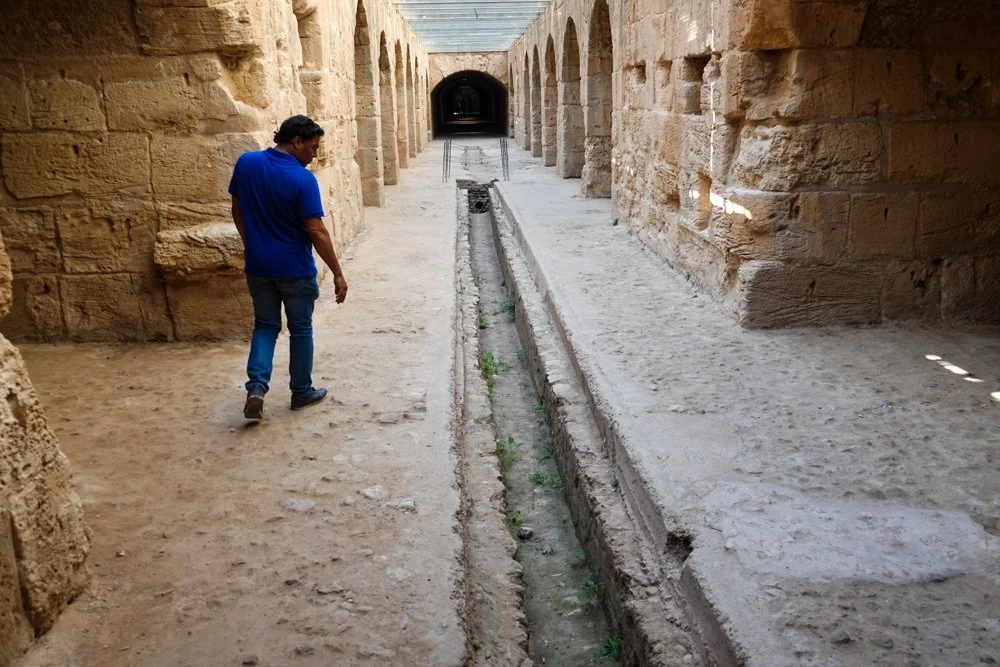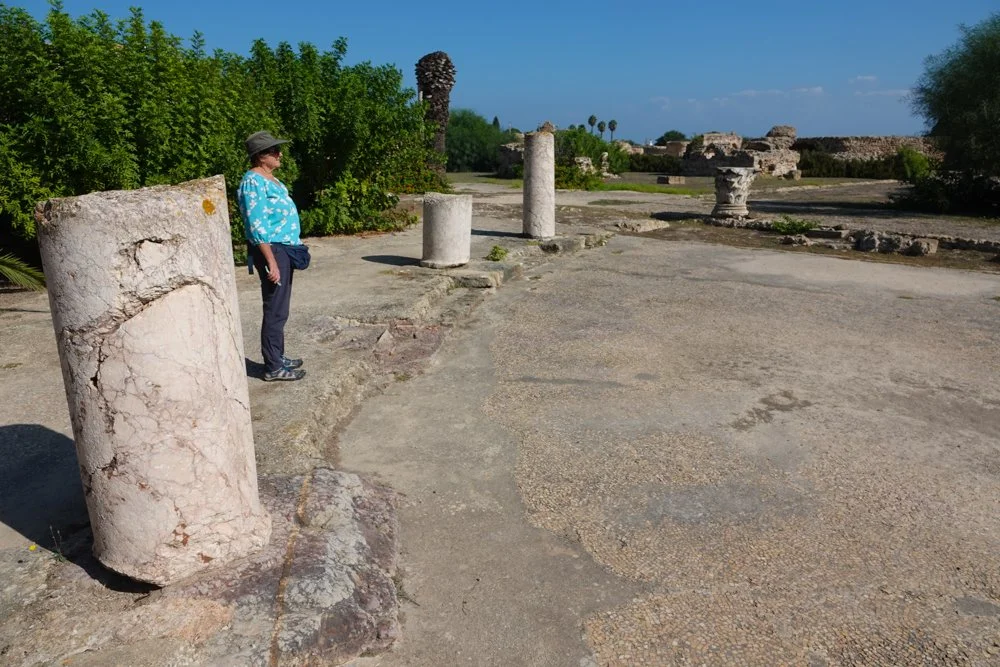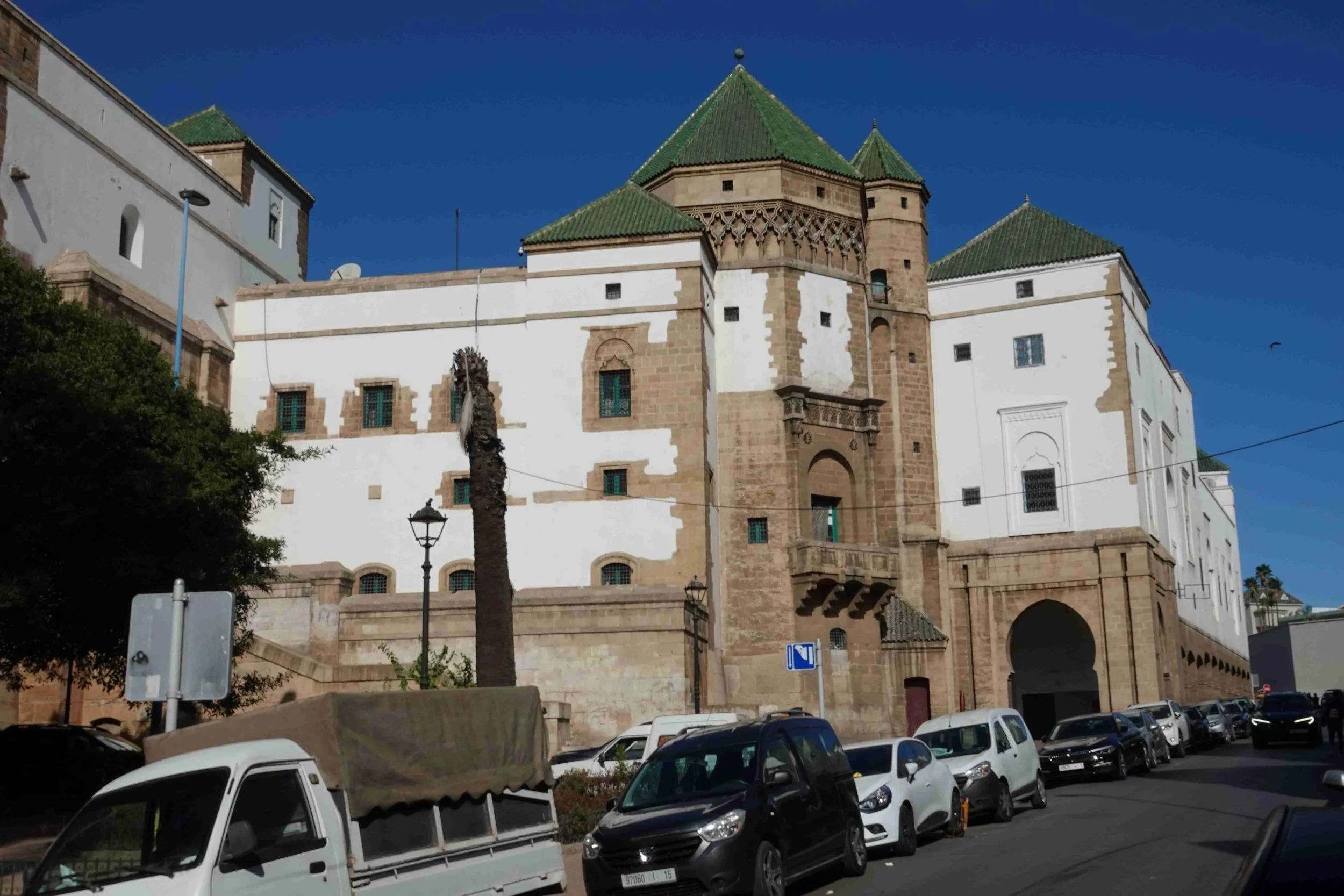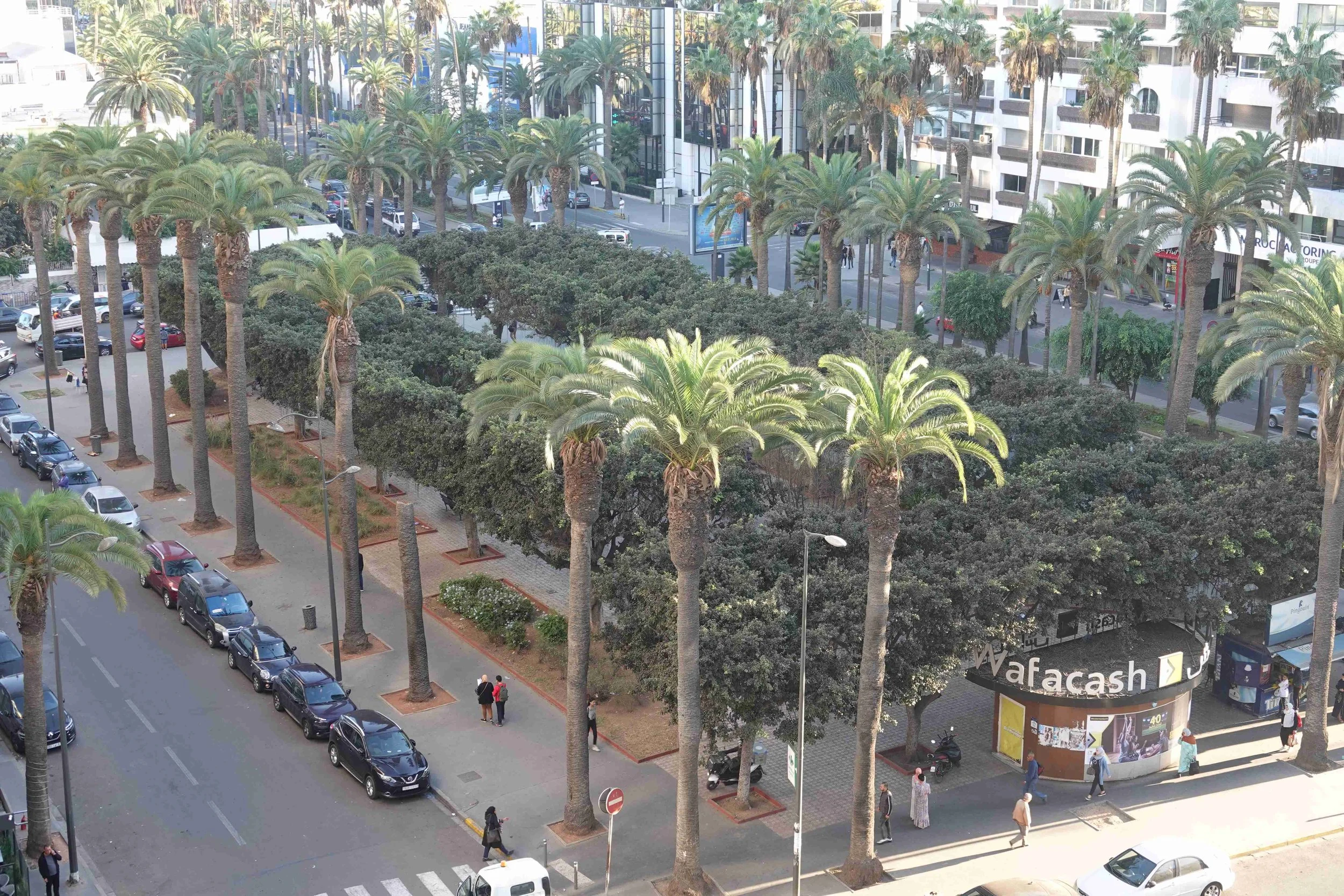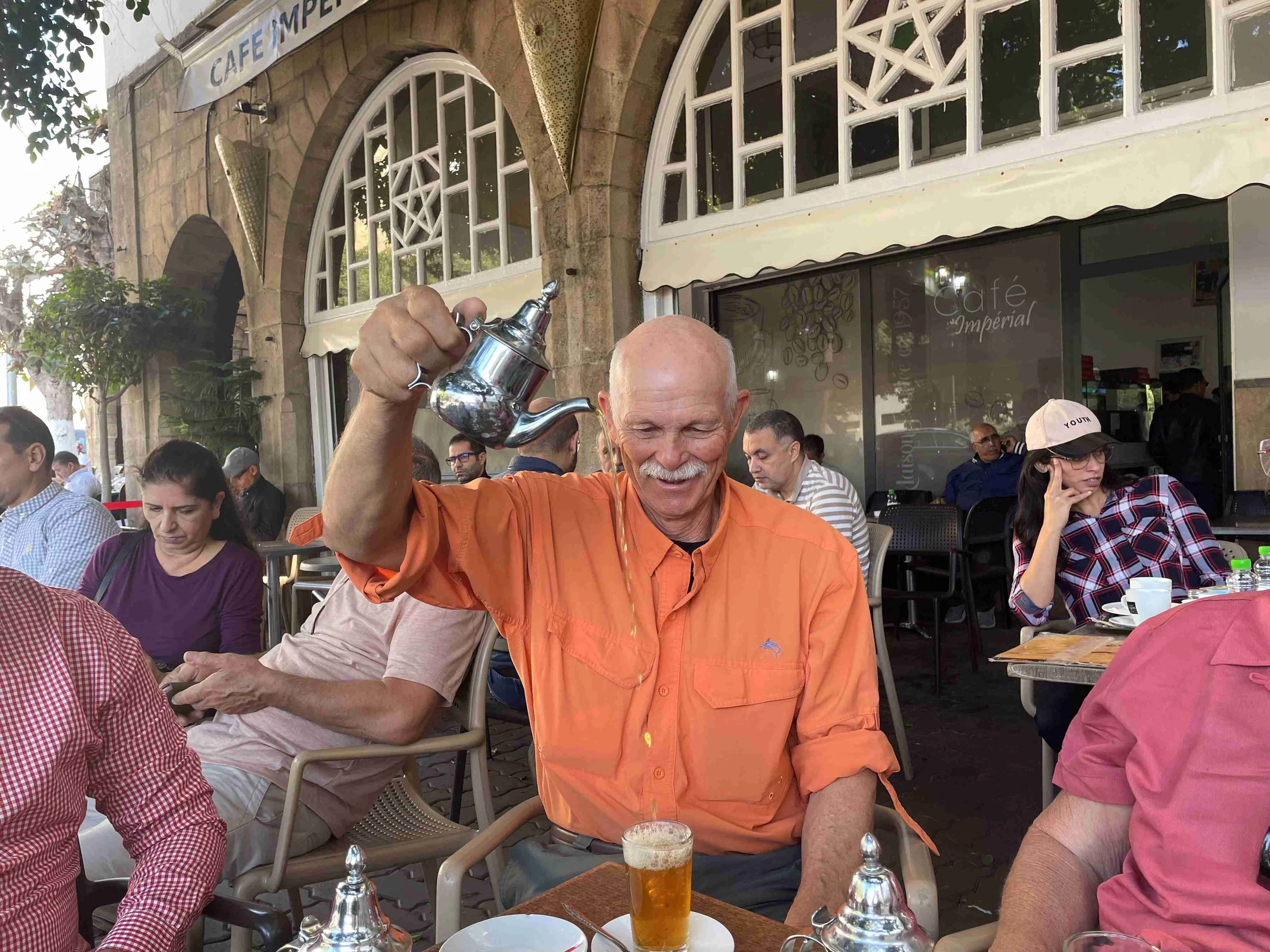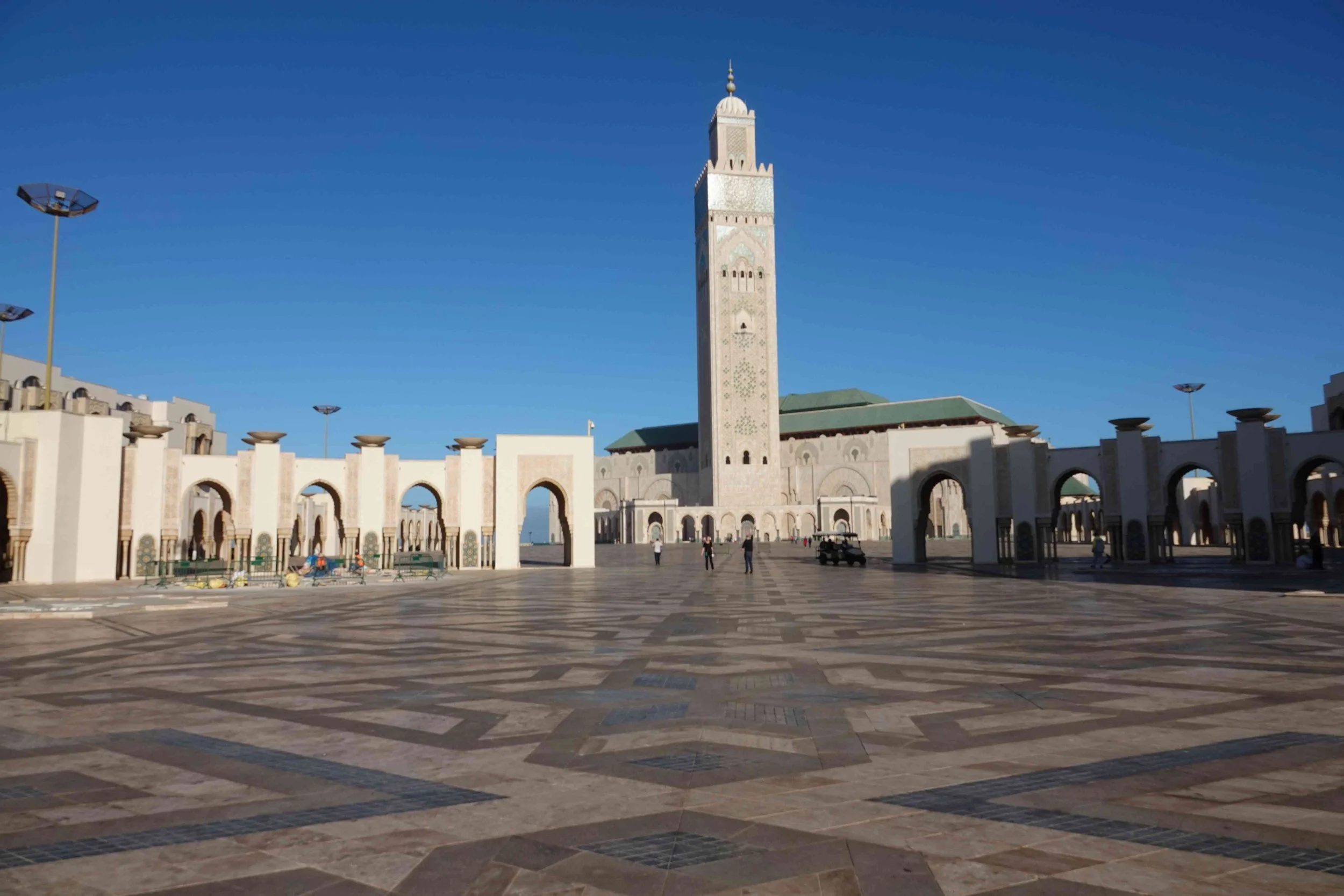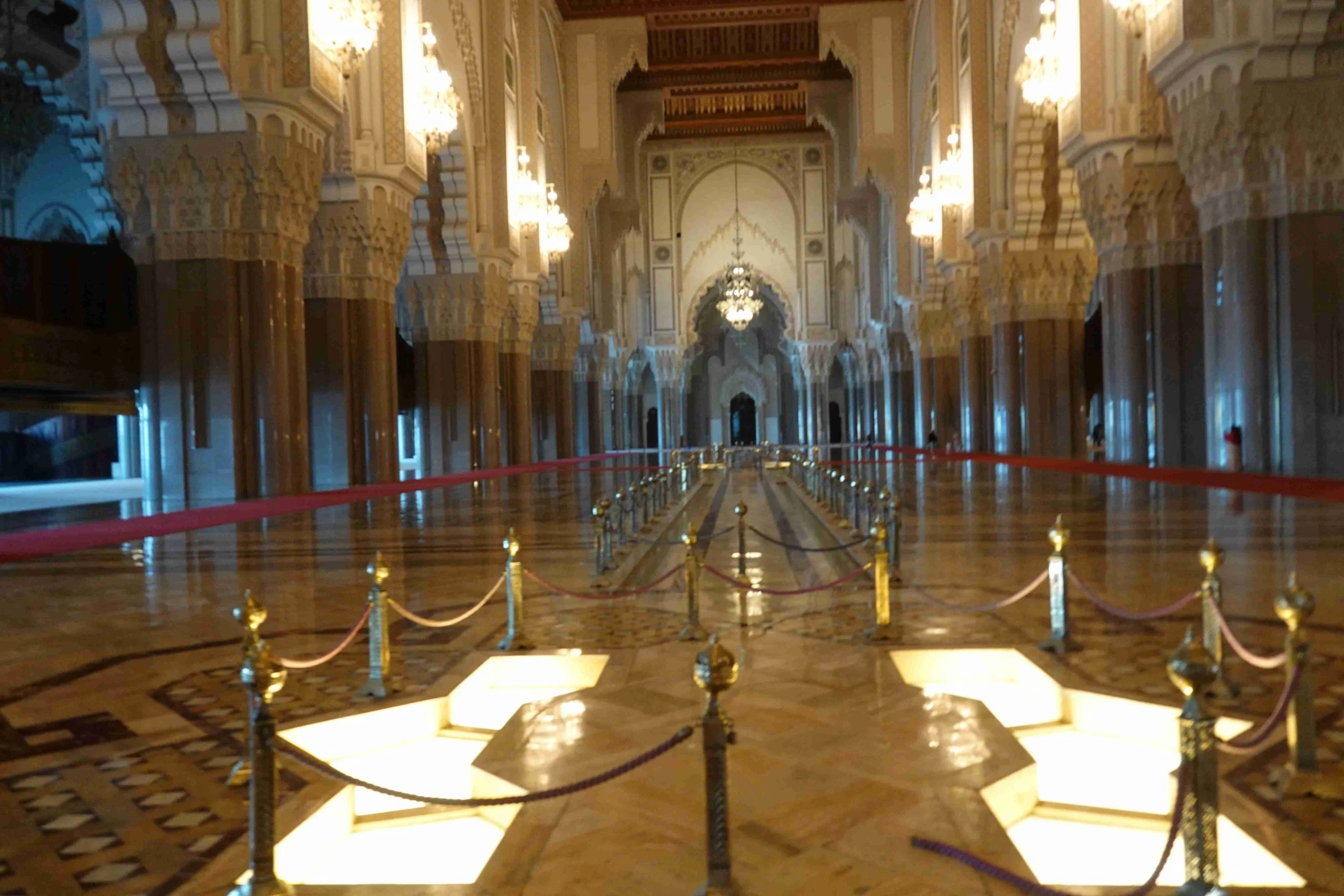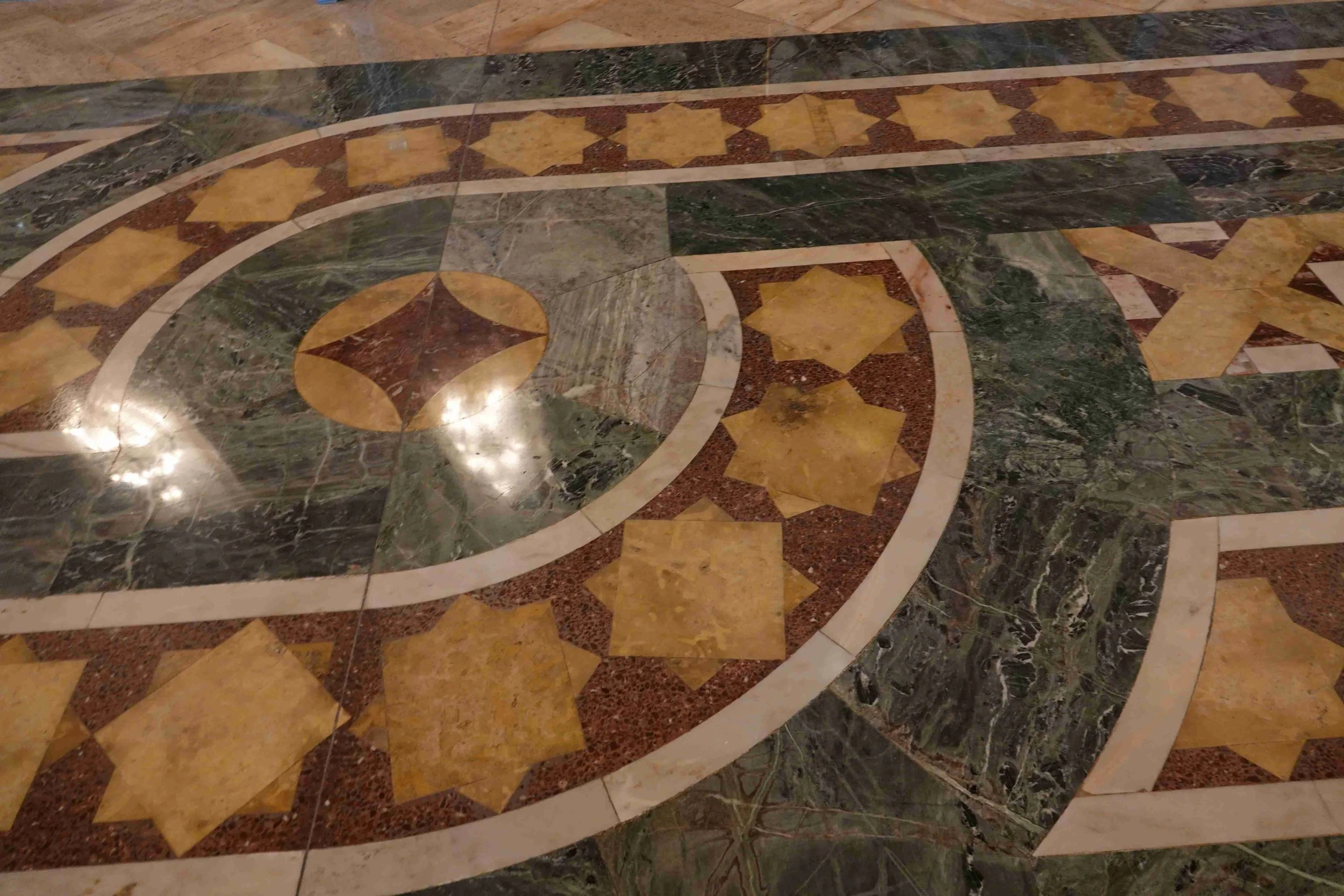These are the answers to my Tunisia Quiz for those brave souls that gave it a try. I found many of these questions quite interesting which is why I included them. And certainly, before I went to North Africa, I wouldn’t have been able to answer most of them either.
These are the Quiz ANSWERS.
1. This is in a very old palace in the Kasbah in Algiers. Question: What was the arched area along the back wall originally?
Answer: “A multi-burner stove.”
This was the kitchen and it had a fire under each arch with something different cooking atop each one of them.
2. The second photo is at the Abu Zaman al-Balwari mausoleum. This couple are taking their baby to an Islamic ceremony. Question: What is the child being prepared for in this ritual ceremony? (good luck with this one)
Answer: “Circumcision”
I was quite surprised at all the similarities between Jewish and Islamic customs
3. This is an old well in the courtyard of an old madrassa. Question: What made the indentions along the wall of the well?
Answer: “ropes,” from being pulled up with buckets full of water and a lot of weight, over and over again.
4. At the Sbeitla Roman ruins, the amphitheater was built right next to the river. Question: Why was the amphitheater built right next to the river?
Answer: “to take advantage of the sound reverberating off the wall of the other side of the canyon and back out to the audience”
5. This bird came to visit us at our hotel room in Tozeur. Question: What kind of bird is it?
Answer: “a Guinea Fowl”
6. At a museum in Tozeur, the curator dressed up as you see in the photo. Question: What ceremony would I have been dressed up for back in the 16th century?
Answer: “my Wedding”
7. This home is in the Tataouine area of Tunisia. Question: what do the locals call the white paint around the windows, doors, and fencing?
Answer: “The George Lucas effect”
8. This is at our hotel in Djerba. Question: what game are these people playing?
Answer: “Petanque” (Remember, the French were here recently, not the Italians)
9. Our restaurant lunch is in the photo. I had the spaghetti with meat. Question: What was the meat on my pasta?
Answer: “Rabbit” (This was the only time I ate rabbit on this trip…and yes, it tasted just like chicken)
10. This photo is at the El Djem amphitheater. Question: WHERE in the amphitheater was this photo taken?
Answer: “Beneath the very center of the arena” (there were horse stalls, drainage lines, water lines, chariot storage, etc.)
11. These cactus were growing right along the road out in some farming country. Question: What are the three uses that the Tunisian farmers make of cactus?
Answer: 1. “the Fruit”, 2. “Animal feed” when they couldn’t get anything else, and 3 “Cover for rabbits to breed” and then they would hunt and eat the rabbits.
12. This is at the Antonine Roman Baths in Carthage. Question: What is Vicky looking for in this photo?
Answer: what else, “A good seat at the 80-seat public toilet amphitheater with mosaic floors, music, and a view of the Mediterranean”






